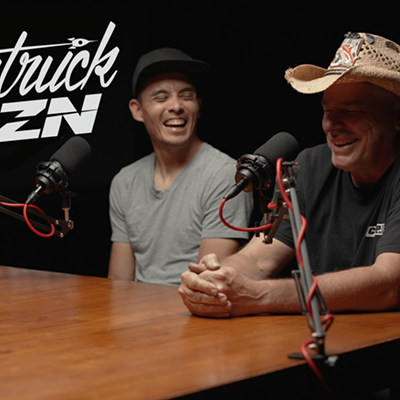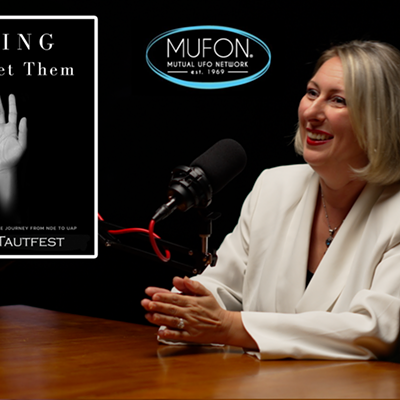You can’t escape the tears and the outpouring of prayers for Damar Hamlin, a young safety for the Buffalo Bills, who collapsed of cardiac arrest and almost died on the field during a Monday Night Football game. After medical workers worked for ten minutes to restart his heart, an ambulance carried him off the field, and in a rare show of traumatic solidarity, the game was canceled. Now we follow his condition every day, hoping he recovers in a Cincinnati hospital to lead a full and normal life.
I know of no one, thank goodness, who does not wish the best for Damar, but I do know people who did not think the game should be canceled. It’s the crucial end of the NFL season, and people had bet tens of millions of dollars on a game that defines both our national obsession with football and the bragging rights of our favorite sporting tribes. Let’s kneel and pray, they said, and then play on. Getting hurt is part of this violent pastime, and the players know what they have signed up for, they say. Besides, we watch young men get carried off the field on stretchers all the time and we know that countless players will ultimately die a horrific death from CTE (chronic traumatic encephalopathy), which afflicted 99 percent of deceased NFL players in a recent study.
What kind of society looks away, or lies about this disease as the NFL did for decades, from a sport that kills so many of its players? The answer is that for all our tears and prayers, football is more important to some than human life—even, and especially among the “pro-life” crowd that cheers the most vicious hits on the field and loves watching them played back in slow-motion. Something very deep and disturbing is happening in the reptilian brain when our modern-day warriors take the field. They take on our own primal desire to slay the enemy and bring home the spoils of a violent spectacle.
A sociology professor at the University of New Brunswick who has written about the relationship between injury, suffering, and sport, put it simply, “What fans get out of suffering in sports is meaning … The meaning fans get is based on the idea that when they watch these games, something profound, powerful, and important is happening—and life and death are part of it.” If that sounds like a bleeding-heart liberal professor, just consider what we witness on a football field every day.
There are great plays, amazing comebacks, and the sheer exaltation of winning the big game, to be sure. But there is also the choreographed spectacle of deadly physical violence. We take out broken bodies and put in fresh ones and say, “Play on!” Commentators spend countless hours discussing the latest trades or tirades as if the fate of nations hung in the balance. Sports trivia consumes us, as if it really matters. Is this just a harmless diversion, a way to escape the suffering in our own lives or give meaning to our mundane existence? Do we not see it for what it really is—death in slow-motion? Does it take someone almost dying on the field to make us reconsider who we are, and what we have become?
I doubt it. There is too much money at stake. Even as players get bigger and stronger and faster and we witness concussion after concussion on the field—players who wobble or slam their heads against the field, hands and fingers stretched out, splayed and frozen in what doctors call the “fencing response”—a sign of brain injury. Our most important question is often not about the welfare of the player at that moment, but about whether he can continue to play so we will win the game.
Let me confess to my own sport’s mania. I love college basketball and invest more than my share of time and energy watching my favorite team. But nobody’s head is “targeted” on the court, and nobody rises off the floor to dance and celebrate a devastating blow. Basketball players do not die in disturbing numbers from CTE. Sometimes ankles are twisted and occasionally bones are broken, but we are not celebrating violence in basketball because too much contact on the court is called a foul.
Football, on the other hand, exists at the apex of American sport because it is violent. We love to claim that we are a Christian nation but in fact we are a profoundly Roman culture. Watch a few minutes of a mixed martial arts fight and ask yourself, “What Would Jesus Do?” D. H. Lawrence said it best: “The essential American soul is hard, isolate, stoic, and a killer.”
Everyone is making New Year’s resolutions. Mine is that we will take a long, hard look at our obsession with violence, not just in football, but in everyday life. Violence against women in our homes, which the NFL has long ignored so the circus can go on. Violence at home, as fathers abuse children so as not to “spare the rod and spoil the child.” Violence in school, as classmates are bullied until someone brings a gun to make it stop. Violence in politics, with social media death threats so numerous that a man thought he was being heroic when he broke into the Pelosi residence to target what his hero called, “Crazy Nancy.”
Violence is the anti-gospel. Non-violence is the essence of faith. Let’s not forget what almost happened to Damar Hamlin or what happens to our kids every day. Who knows, it could be what the prophets call a “sign.” The dream of Isaiah was clear and profoundly countercultural: “They will not hurt or destroy on all my holy mountain.”
Amen.
The Rev. Dr. Robin Meyers is pastor of First Congregational Church UCC in Norman and retired senior minister of Mayflower Congregational UCC in Oklahoma City. He is currently Professor of Public Speaking, and Distinguished Professor of Social Justice Emeritus in the Philosophy Department at Oklahoma City University, and the author of eight books on religion and American culture, the most recent of which is, Saving God from Religion: A Minister’s Search for Faith in a Skeptical Age. Visit robinmeyers.com.












